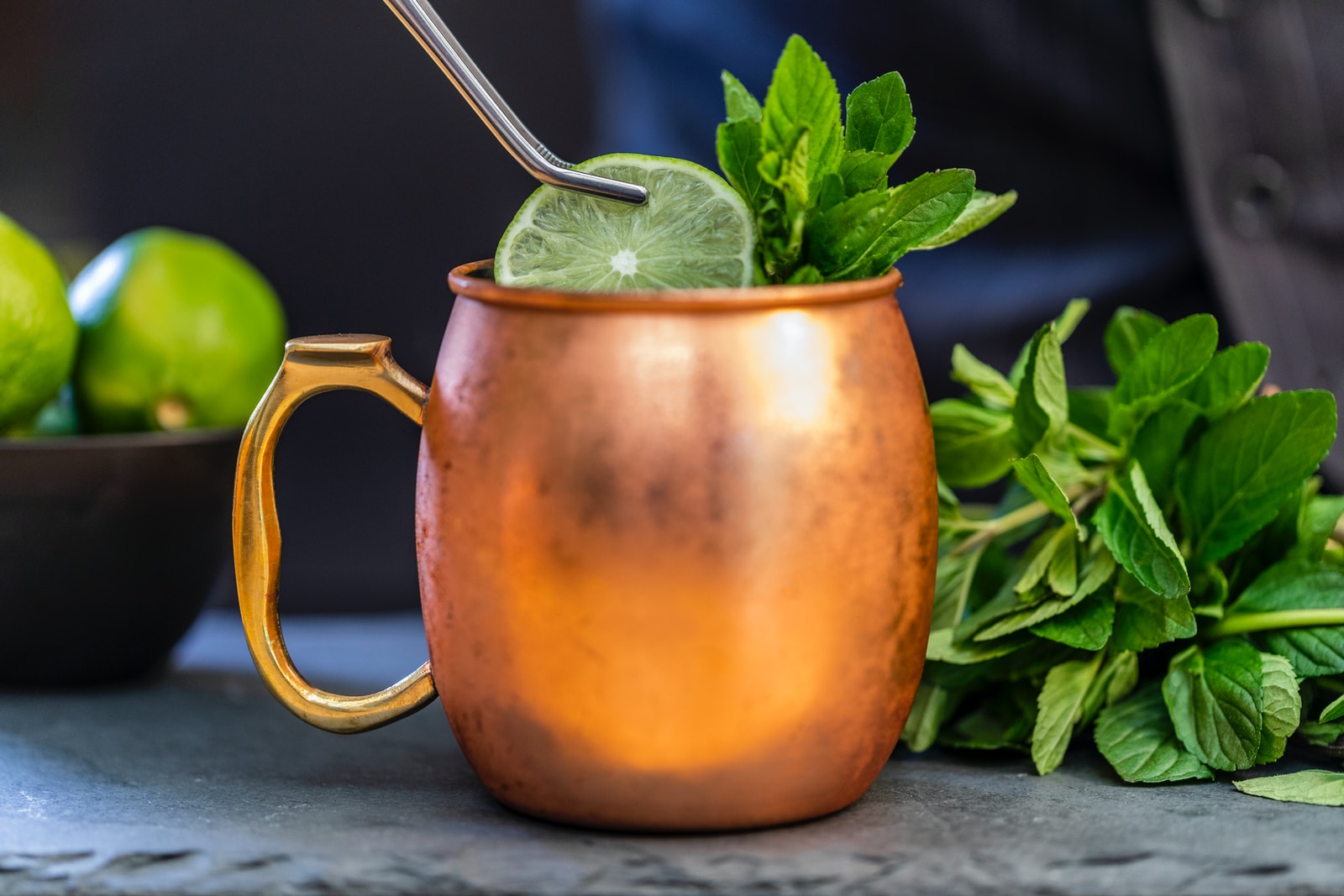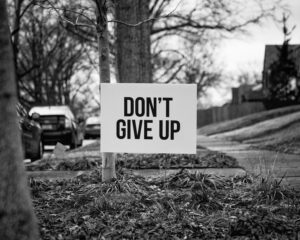Drinking right is just as important as eating right. I have encouraged tracking calories and food intake throughout the day. One reason this is a good practice is because people conveniently forget how many calories they can be drinking. From juices to your grab and go Starbucks and glass of wine, you could be giving away as much of 600-700 calories of your calorie budget to drinks. Eating those calories instead is not only much more nutritious and energizing, but so much more satisfying.
In this article, I will give examples of typical sources of liquid calories:
- Sports and energy drinks,
- Sodas,
- Smoothies and juices,
- Coffee drinks
- Alcohol.

Sports and energy drinks
Unless your workout is 90+ minutes, you don’t need a sugary sports drink to fuel. Most of the time all these are is water, sugar and added electrolytes, which is essentially salt. A Gatorade or Powerade drink, for example, can have up to 38 grams of sugar, not to mention lots of artificial colors. The low calorie versions of these drinks substitute sucralose and other artificial sweeteners that can equally raise your blood sugar.
Energy drinks have also risen in popularity, including organic varieties at whole foods stores. Although many of them are made with green tea, and yerba mate, you still have to be vigilant on the added sugar.
Even zero calorie energy drinks like Monster, Red Bull, and Bang have a lot of caffeine and stimulants which in the long term can contribute to the rise of cortisol, the hormone responsible for belly fat storage. They are also filled with preservatives and again artificial sweeteners. Chances are, if you can’t pronounce it, it’s not good for you. Do you ever notice that after you drink a Red Bull you feel really energetic and then crash? Red bull, monster and similar energy drinks have also been linked to heart problems.
If you really want an energy drink, keep it occasional and try a brand like Celsius, which has only 10 calories and less caffeine (200mg as opposed to 300mg). Otherwise, stick to the “traditional” energy drinks like coffee, green tea, and water.
Sodas, including diet
I know this part of the article may not make me many friends, but if you are sucking down diet coke every day, listen up. It’s well known that regular sodas are loaded with sugar and empty calories, Even though diet sodas have low or no calories, they have a lot in them to compensate for the lack thereof. Diet sodas have been linked to overweight and obesity issues for several reasons. First, the artificial sugars usually make you crave more sugary foods. Also, if you drink diet soda with your meals, the carbonation makes the food pass through your stomach faster, making you hungrier, earlier. Not to mention, it’s terrible for your teeth and your skin. Do yourself a favor and pass on ALL soda.
Smoothies and juices
Do you ever wonder why you are so hungry an hour after drinking a smoothie? It’s not for lack of nutrients (in all cases) it’s because you deprived yourself of the essential digestive step of having to chew and break down your food. Remember when we discussed the thermic effect of food? You don’t get any of that with a smoothie. The food is just digested faster, which means that you in turn get hungrier, faster. With fruit juice, you don’t even get the benefit of any fiber to slow the digestion down – it turns straight to sugar. You might as well drink Kool-aid.
If you really love smoothie, or need them for a meal replacement to get adequate protein intake (i.e., for vegans), try to he following techniques to make them more satisfying. Pair these with a chewy food (like a sandwich or low-sugar cereal) and get the smallest size of the liquid part of your meal to make sure you are not overdoing it on calories. And make sure with smoothies, eat them with a spoon so you can digest them more slowly.
Finally, watch the size of your smoothie glass and the time of day you have it. Since smoothies are usually higher in calories and carbs, having them post-workout is a best practice. Also don’t pour it in a jumbo tumbler – stick with an 8-12 ounce glass, or a wine goblet glass to give it a more fancy feeling AND have portion control!
Coffee drinks
We all love going on a coffee run, either after an actual run or with colleagues/friends. You can pre-order off a menu and have someone make a perfectly designed drink just for you. There is something about a warm cup of coffee in your hand in the winter, or a refreshing iced tea when you are walking around in the heat (you can tell I am from the east coast). But the longer your drink takes to make, or say, the more calories it probably has. And we already explained that sugar fakes are no good – so not falling for the “skinny” version is important to watch out for. Here is how you can avoid pitfalls at Starbucks:
1) Bring your own creamer. Nutpods or Califia farms in whole foods offer low-calorie dairy-free creamers that come in smaller cartons. My favorite creamer as of late is the Supercreamer line from the Super Coffee brand. They have Vanilla, Sweet Cream, and Caramel, also available in powdered forms that are easier to transport. Another great powdered variety is from 5 sparrows, which is stevia-sweetened non-dairy creamer available in flavors like salted caramel and white chocolate mocha. Great options for when we get back on planes and trains!
2) For Starbucks, order one of my recommended drinks in this post.


Alcohol
Alcohol is one of the biggest roadblocks for many of us in our quest for fitness. It is liquid sugar, and it leads to bad food decisions. And other bad decisions involving online shopping and credit cards….for instance. It is so important to consider, I have a separate post dedicated to alcohol:
With the availability of Uber eats and similar services like Postmates, you can get anything, anytime, anywhere, not just pizza until midnight. Not to mention, being hungover the next day only increases your desire for fatty, fried foods, the next day, usually from a lack of sleep.
The knock-on eating effects are only secondary to the actual unhealthiness of alcohol from a nutritional standpoint. Not only is the alcohol itself immediately converted to sugar, but the form of cocktails that it's packaged in is like liquifying gummy bears into your drink. Some of our favorite cocktails, like mojitos, margaritas, and even dry martinis have added sugars that can make each drink 300-400 calories. And usually, these compliment a meal. But with the reality of the calorie intake, you are really eating two meals in one, or a day's worth of food in one sitting.
There are some varieties of wine that have less sugar but they don’t often serve these in restaurants. They best option you could actually do other than wine or beer is a shot of vodka or gin in a tall club soda glass. Usually you can specify this to the bartender. If you say “vodka tonic” you will get sugary tonic water and possibly 2-3 shots of vodka - which is 300 calories. But if you have one shot and a full glass of club soda not only will it be diluted but it will take you a long time to drink.
For being at home, it's way too easy to have a "glass" of wine at the end of the day and that actually be a large goblet that is more like half a bottle. It's like the granola equivalent for drinks - an actual serving size of wine is only 4-5 ounces, which is like ONE THIRD of a TALL starbucks latte cup! Most of the time, we pour ourselves 7-9 ounces and that's if we are being "good" and sticking to one glass. Read this article from Self magazine to get an understanding about what a glass of wine actually is.
I am not going to tell you to give up alcohol, unless of course you are getting married or another big event is coming, and then I think it would make sense as per my Bride Guide. My solution for this is to make alcohol part of your "20" in your 80-20 regime. Pick either two days a week where you will have ONE glass of wine in the actual serving size or one day a week where you will have two glasses of wine. Or, if you like beer, one light beer, and if you like liquor, one and one 1/2 ounces in a drink diluted with a non-sugary mixer like club soda. If you are out and ordering cocktails, the bartenders will usually be good about "skinnifying" it by putting less triple sec, added sugar or syrups, or juices. For example, if you are getting a margarita, you can skip the triple sec and ask for fresh squuezed lime with a splash of agave nectar. This is also a way to make sure you have less drinks because there will be a higher liquor concentration.
You also should balance the consideration of drinks with ordering appetizers and desserts. If you go out several times a week and order all three, you can imagine that this is going to have an adverse effect on your fitness goals even if you eat like a monk for the rest of the week.
If stress is a huge driver toward that vino, then find other ways to relieve it, like exercise, or meditation (read this post for more on mediation). Plan on taking early morning workout classes or go for an early morning run so you automatcally have a guardrail toward overindulging.
Key takeaway
Liquid calories can be sneaky saboteurs. Focus on eating whole foods that you can chew and enjoy.






